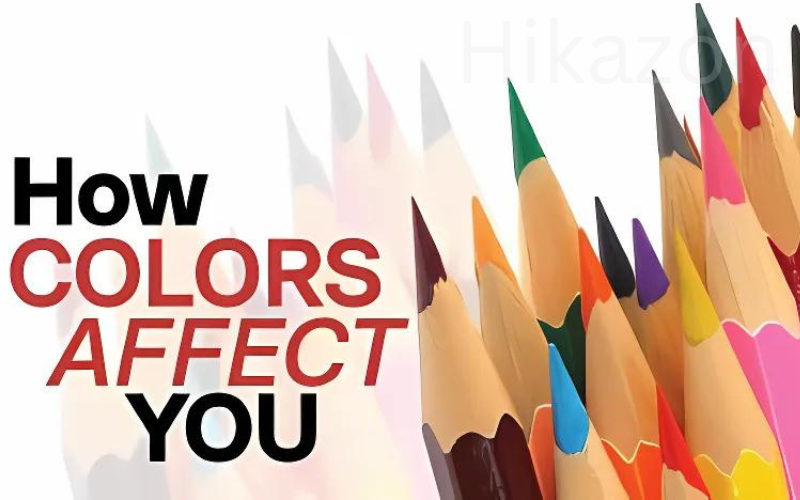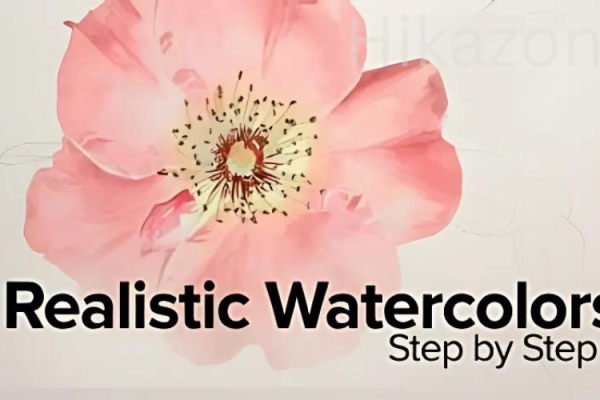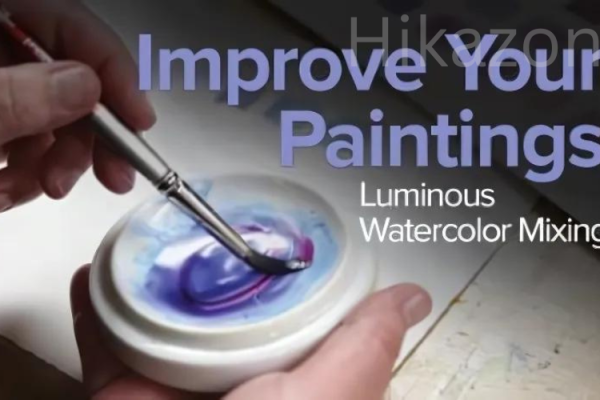How Colors Affect You: What Science Reveals By William Lidwell
$149.00 $5.00
How Colors Affect You: What Science Reveals By William Lidwell – Digital Download!
Content Proof:
How Colors Affect You: What Science Reveals
Introduction
In a world saturated with colors, it’s easy to overlook their profound impact on our emotions and decisions. William Lidwell’s “How Colors Affect You: What Science Reveals” unpacks this intricate relationship between color perception and psychological responses, revealing how colors are more than mere visual experiences; they are potent psychological influencers. Through various studies, Lidwell showcases how colors can evoke specific feelings and prompt immediate reactions, often without our conscious awareness. For instance, the vibrant hue of red might demand attention, while a tranquil blue can instill calmness. This exploration into color psychology not only enhances our understanding of ourselves but also empowers professionals, including designers and marketers, to leverage color strategically in their work.
The Science of Color Perception
Physiological Processes Behind Color
Color perception begins with light, which travels through our eyes and stimulates our photoreceptor cells the cones and rods located in the retina. Cones allow us to see colors, while rods are more sensitive to low light and are essential for night vision. This physiological foundation lays the groundwork for how we interpret colors.
When light hits an object, it absorbs certain wavelengths and reflects others. The reflected wavelengths determine the color we perceive. Interestingly, cultural and personal experiences influence individual interpretations of these colors. For example, a study published in the Journal of Experimental Psychology found that people often perceive the same color differently based on their cultural background. The implications are vast: marketers must understand these nuances to tailor their messaging effectively.
Psychological Responses to Colors
Lidwell emphasizes that colors evoke distinct psychological reactions. For example, red often evokes excitement and urgency, while blue can stimulate feelings of trust and tranquility. This understanding is supported by research indicating that red can increase heart rates and prompt immediate actions, making it a popular choice in marketing to motivate consumers.
Consider the following psychological responses to common colors:
| Color | Emotional Response | Common Uses |
| Red | Urgency, energy, passion | Sales promotions, warning signs |
| Blue | Calmness, trust, reliability | Corporate branding, healthcare |
| Yellow | Optimism, happiness, creativity | Food products, child-focused brands |
| Green | Nature, balance, growth | Eco-friendly products, health |
| Purple | Luxury, creativity, mystery | Beauty products, upscale brands |
From this list, it becomes clear that color is far more than aesthetic choice; it is a tool that can evoke specific emotional responses. Understanding these associations can guide professionals in making design choices that resonate with their target audience.
Colors and Decision Making
Influence on Consumer Behavior
The power of color extends deeply into the realm of consumer behavior. Lidwell provides examples demonstrating how colors can significantly affect purchasing decisions. A study by the University of Loyola found that color can increase brand recognition by up to 80%, highlighting its importance in marketing strategies.
Certain colors can encourage specific buying behaviors. For instance, fast-food chains often utilize red and yellow because these colors stimulate appetites and evoke feelings of quick service. Brands such as McDonald’s and Burger King have effectively used color psychology to their advantage, reinforcing their identities and alluring consumers through carefully chosen color palettes.
Color and Environment Design
The impact of color is not limited to consumer settings but extends to the environments we inhabit. In healthcare, for example, specific colors have therapeutic benefits. Green and blue are commonly used in hospitals because they promote calmness and healing. Conversely, harsh colors like bright red can induce feelings of anxiety if overused in clinical settings.
Practical Applications
Understanding the influence of colors on decision-making opens myriad possibilities for professionals in various fields. As Lidwell suggests, incorporating color strategies into design, branding, and marketing can optimize interactions within the built environment, positively affecting everything from consumer sales to personal well-being.
Cultural Implications of Color Associations
Individual Versus Societal Norms
While there are common associations with colors, individual experiences significantly impact how color is perceived. This notion highlights the complexity of color psychology. For instance, the color white is associated with purity and weddings in Western cultures but can signify mourning in some Eastern cultures, like China.
Lidwell’s work underscores the importance of cultural contexts while acknowledging that personal reactions to color are equally valid. A vibrant orange may remind someone of joyful autumns spent with family, while another person may associate it with a less pleasant experience, such as a brand that used that color ineffectively.
Diverse Perspectives and Interpretations
Lidwell encourages individuals to consider their unique perceptions of colors against societal norms. This understanding can be essential in various areas. For example, when designing spaces intended for multicultural audiences, choosing neutral or universally accepted colors can foster inclusivity.
This diversity of interpretation serves as a reminder of personal experiences that shape our worldviews. Designers must account for these differences, considering their audiences’ backgrounds when selecting color palettes to ensure that their messages remain effective.
Conclusion
In “How Colors Affect You: What Science Reveals,” William Lidwell provides an insightful exploration into the complex interplay of colors and our psychological responses. By unveiling the science behind color perception, he offers valuable tools and strategies that can enrich our personal and professional interactions with color.
Ultimately, colors are more than visual stimuli; they are powerful messages that shape our emotions, behaviors, and decisions. Understanding this phenomenon opens the door to more thoughtful applications in marketing, design, and beyond. As we navigate a world awash in color, let’s embrace its potential to influence, inspire, and connect us in profound ways.
Frequently Asked Questions:
Business Model Innovation: We use a group buying approach that enables users to split expenses and get discounted access to well-liked courses.
Despite worries regarding distribution strategies from content creators, this strategy helps people with low incomes.
Legal Aspects to Take into Account: Our operations’ legality entails several intricate considerations.
There are no explicit resale restrictions mentioned at the time of purchase, even though we do not have the course developers’ express consent to redistribute their content.
This uncertainty gives us the chance to offer reasonably priced instructional materials.
Quality Assurance: We guarantee that every course resource you buy is exactly the same as what the authors themselves are offering.
It’s crucial to realize, nevertheless, that we are not authorized suppliers. Therefore, the following are not included in our offerings:
– Live coaching sessions or calls with the course author.
– Entry to groups or portals that are only available to authors.
– Participation in closed forums.
– Straightforward email assistance from the writer or their group.
Our goal is to lower the barrier to education by providing these courses on our own, without the official channels’ premium services. We value your comprehension of our distinct methodology.
Be the first to review “How Colors Affect You: What Science Reveals By William Lidwell” Cancel reply
You must be logged in to post a review.
Related products
Art & Entertainment
Getting Started with Colored and Graphite Pencils By Mary Jane Begin
Art & Entertainment
Filmmaking and Storytelling: The Casey Neistat Approach to Making Movies By Casey Neistat
Art & Entertainment
Reflections in Acrylic: Depicting Light on Water By Peter John Reid
Art & Entertainment
How to Make Short Form Videos for the Internet By Jesse Driftwood
Art & Entertainment
Art & Entertainment
Improve Your Paintings: Luminous Watercolor Mixing By Kateri Ewing
Art & Entertainment
Art & Entertainment



















Reviews
There are no reviews yet.